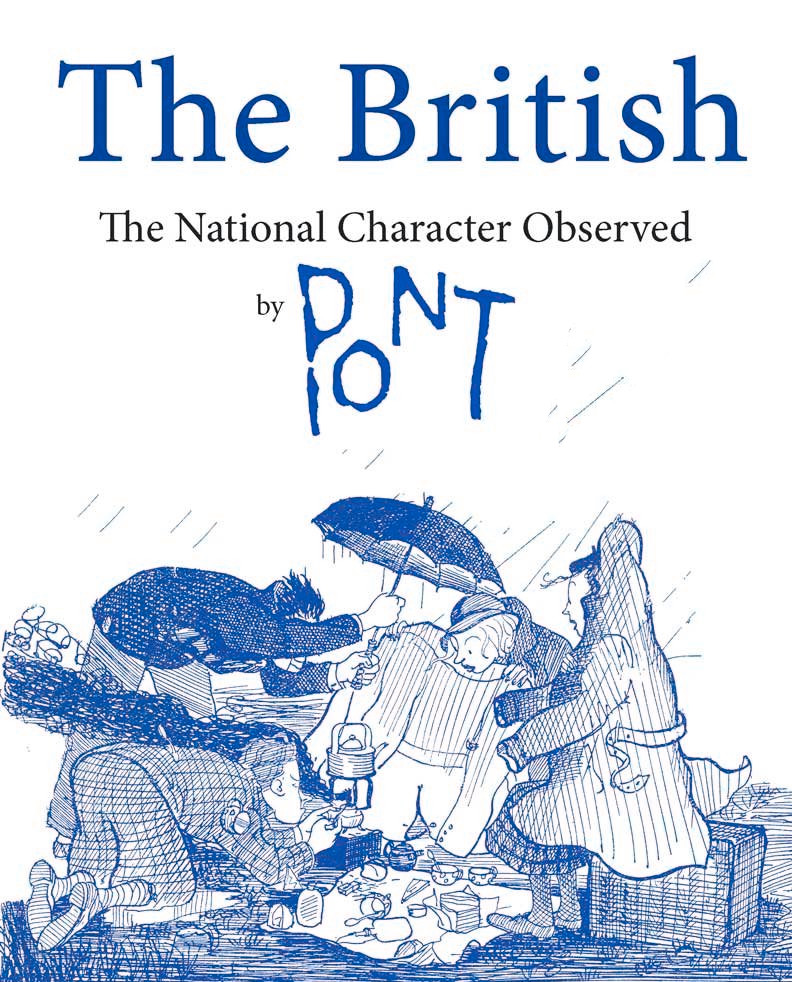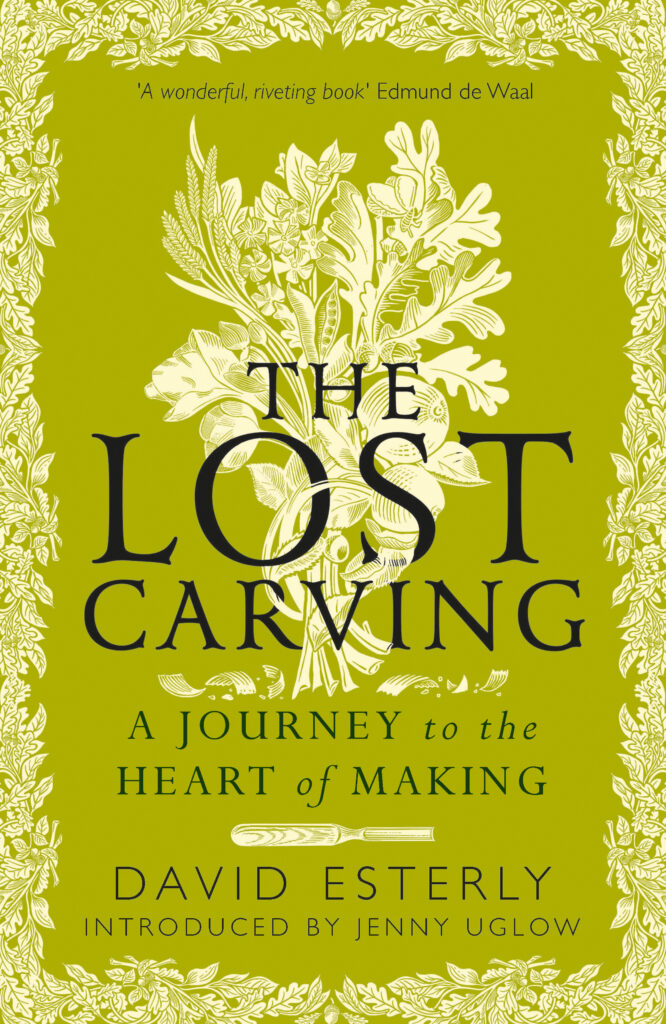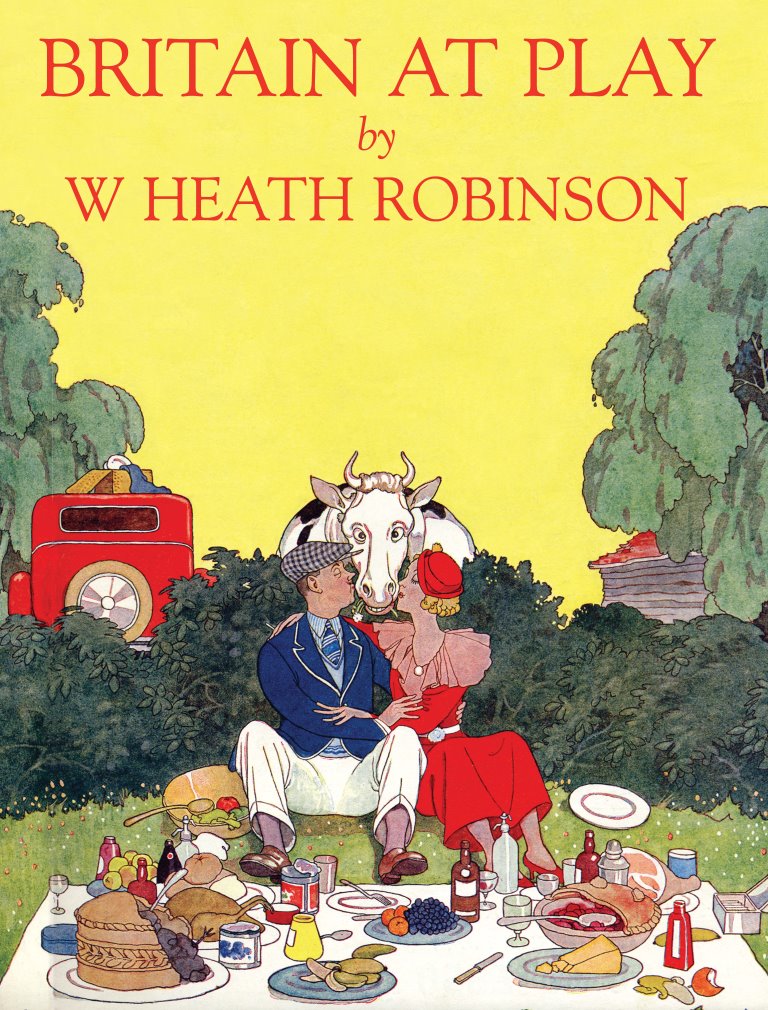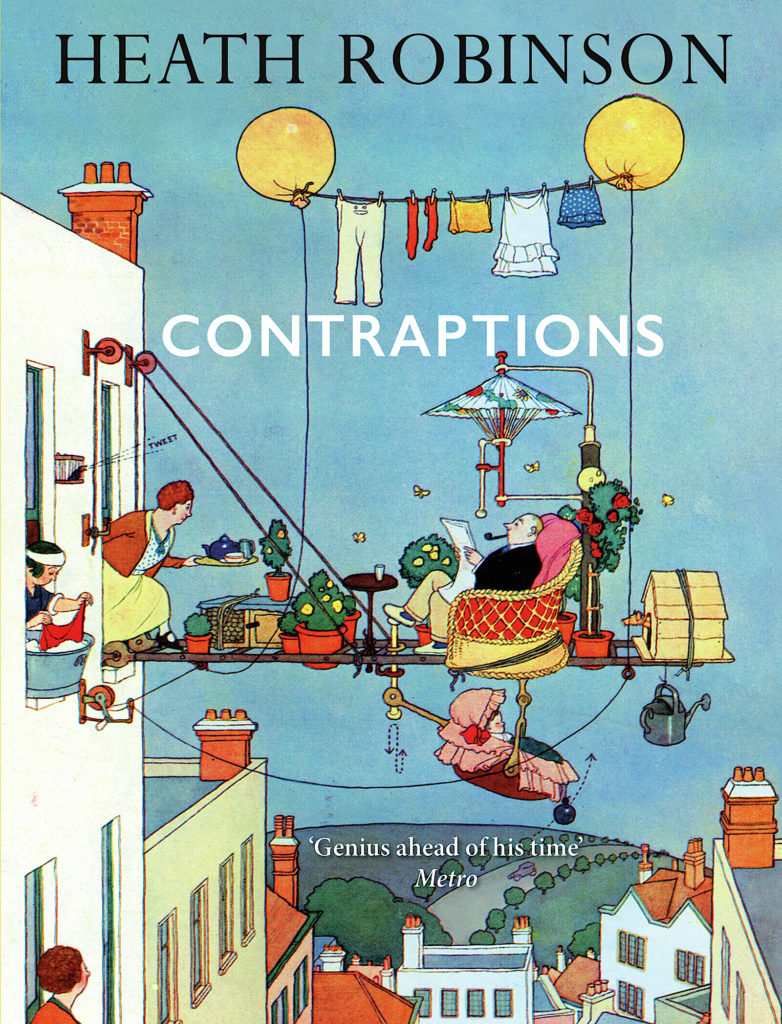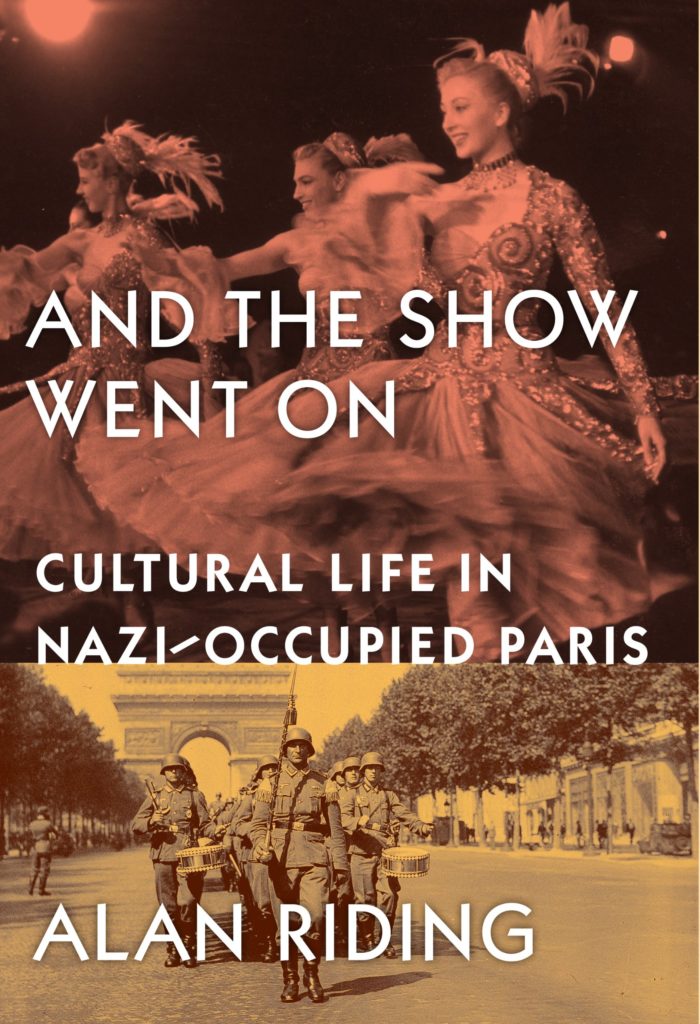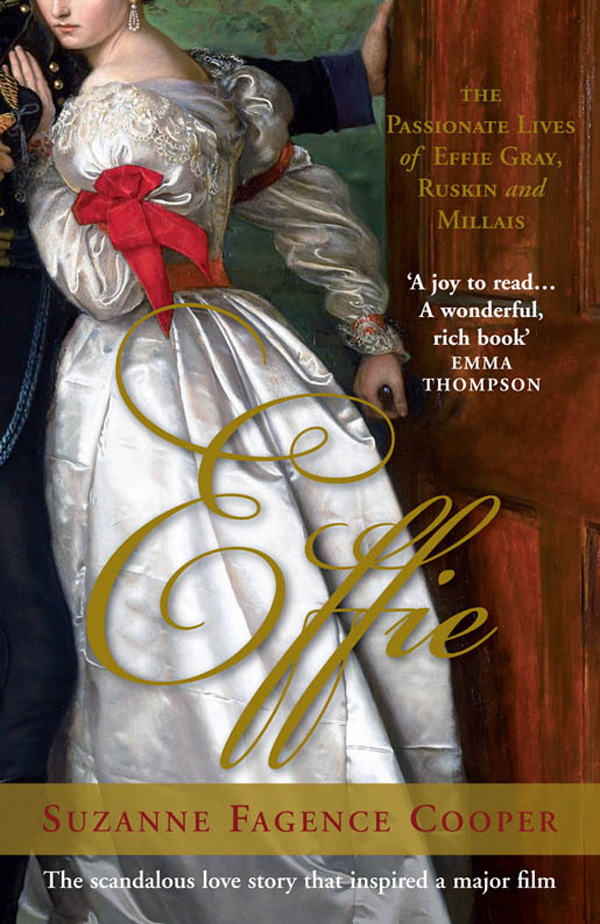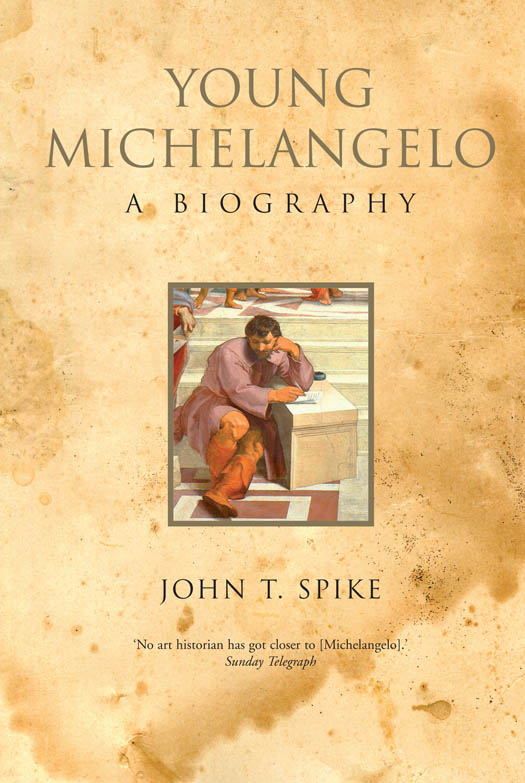
‘A sensational book. Chan roves across her vast subject with confidence and grace, thrilling the reader with one eye-opening insight after another. I will never see art, and hear music, in quite the same way again’ James Fox, author of Craftland
An ancient shaman raises a conch shell to her lips in a painted cave. A scholar in a Shaolin monastery bends over a manuscript and invents a musical scale. A 21st-century pop star takes her seat at a candyfloss-pink piano.
Music is interwoven into the fabric of our lives. We listen to it. Some of us play it. And from the earliest traces of human existence, we have attempted to capture it – through the instruments we decorate, the spaces we perform in, and in kaleidoscopic paintings, medieval illuminated manuscripts and haute couture.
In this startlingly original and beautifully illustrated history of music, classically trained musician, art historian and BBC Next Generation Thinker Dr Eleanor Chan takes us on an unforgettable journey through sound and vision that will forever change the way we see music.
